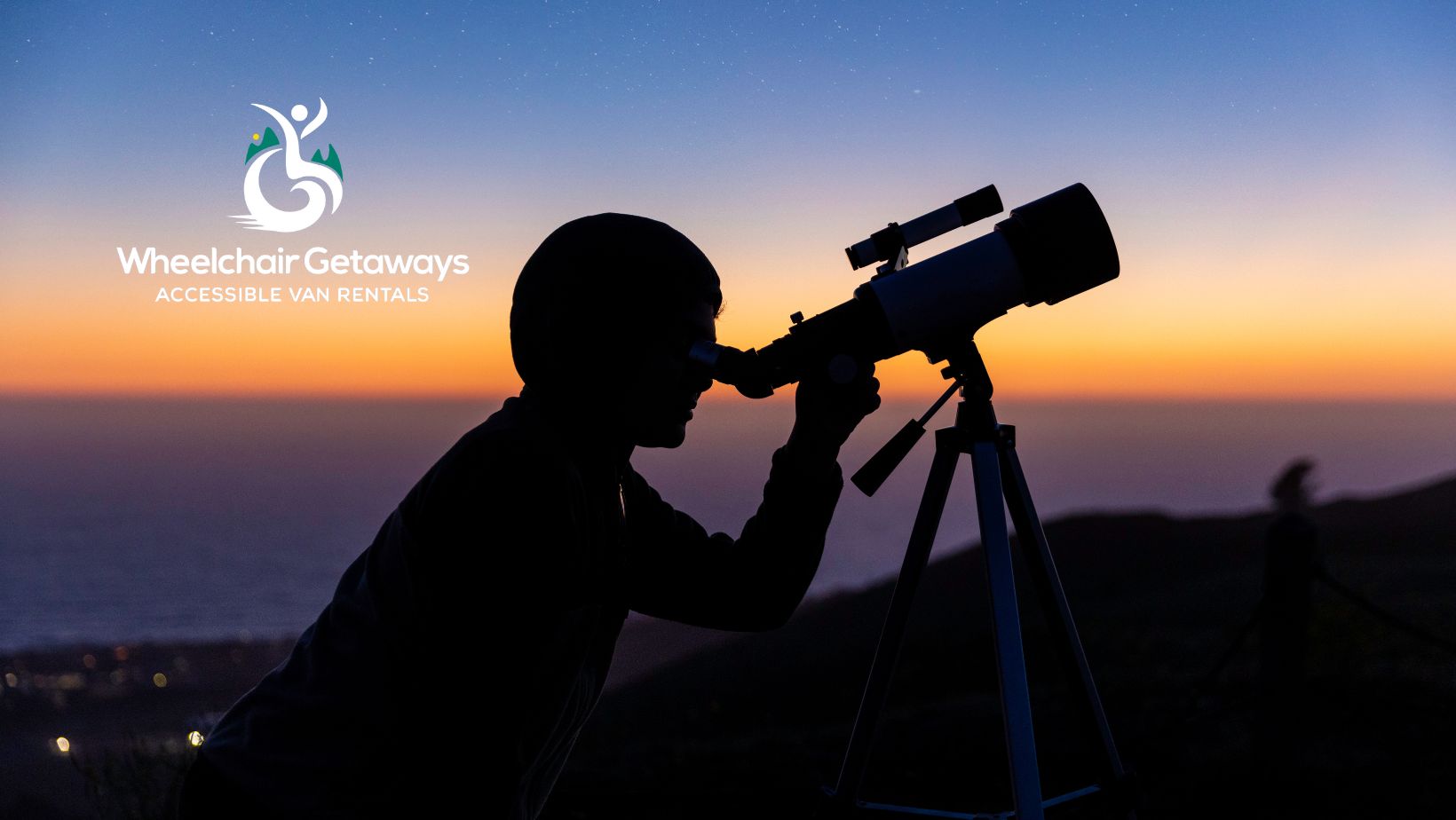There’s something oddly thrilling about watching twinkling stars and clouds creating shapes like a cosmic jellyfish, a sky cow, or a taco floating through space.
The issue is that city smog, light pollution, and cloudy skies can make it nearly impossible to see the Milky Way or any other astronomical wonder. And if you’re a wheelchair user or rely on any other mobility aid, it might be difficult to access certain stargazing spots due to uneven terrain or poorly designed paths.
To make it easier for you, we’ve discovered wheelchair-accessible observatories, dark sky parks with paved paths, and planetariums that actually bring the galaxy to you.
Gaze Up Close: Wheelchair-Accessible Observatories for Spring Stargazing
Below are some of the premier accessible observatories that’ll spark your curiosity and make you feel just a little closer to the universe.
Griffith Observatory, Los Angeles, CA
Perched up on the hill overlooking L.A., Griffith Observatory is an iconic stargazing location that’s always drawing a crowd. Over here, you can check out massive space dioramas and 60 different exhibits, watch live shows at the Samuel Oschin Planetarium, peek at other objects in the sky, or attend a public star party.
This observatory has elevators, smooth ramps, wide pathways, and designated handicapped parking. While there, participate in public stargazing events on the lawn, where the staff provides thoughtful accommodations for wheelchair users.
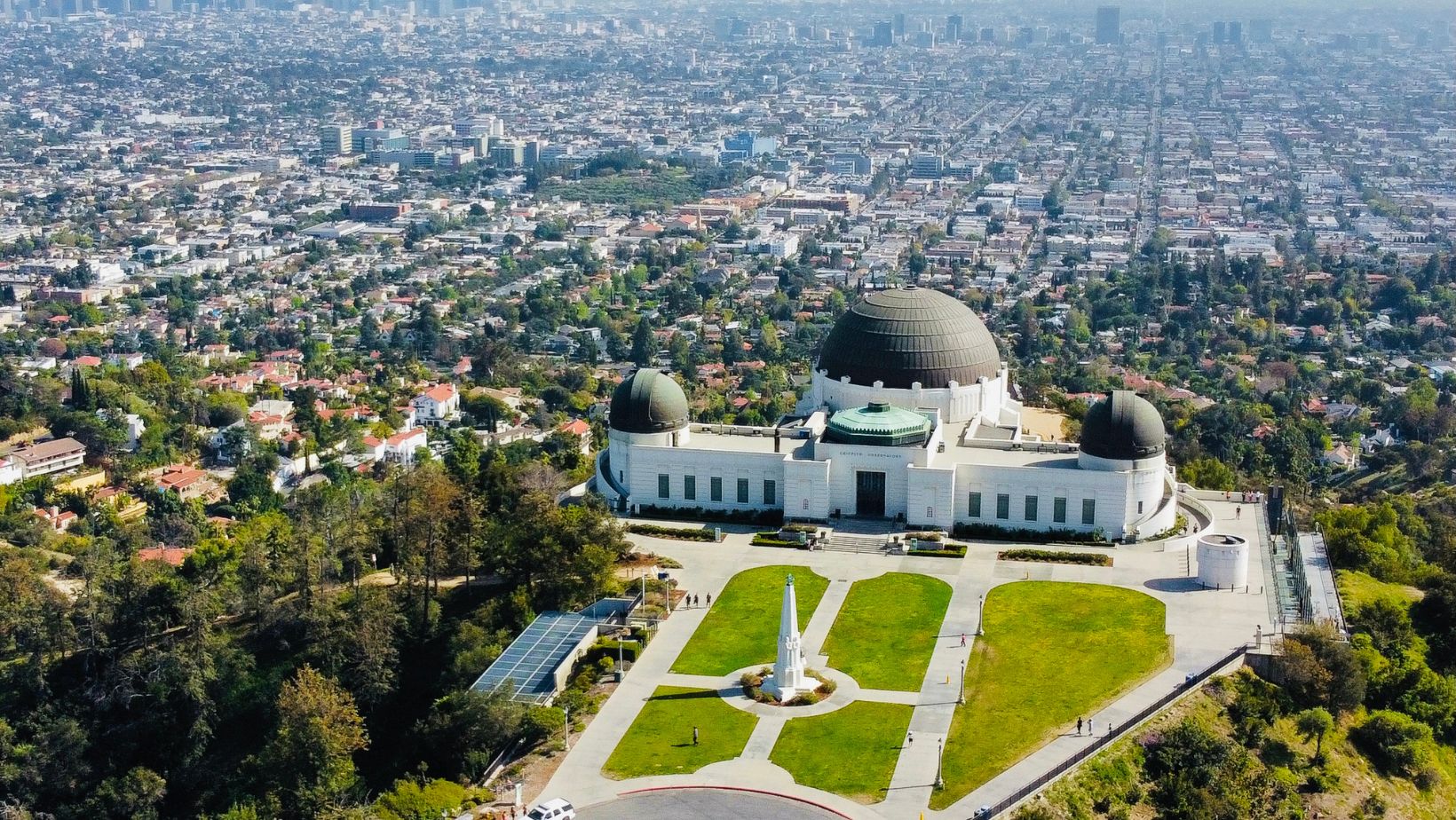
Kitt Peak National Observatory, Tucson, AZ
Located on a mountaintop in the Sonoran Desert, Kitt Peak National Observatory is remote enough to spot nebulae with the naked eye, yet close enough to Tucson that you don’t need a weeklong road trip to get there.
During the day, you can check out massive telescopes that need entire domes to house them or simply peek through the solar telescope to see sunspots and solar flares. At night, you can use research-grade telescopes or attend fully accessible constellation tours to learn all about the greatest cosmic hits like nebulae and star clusters.
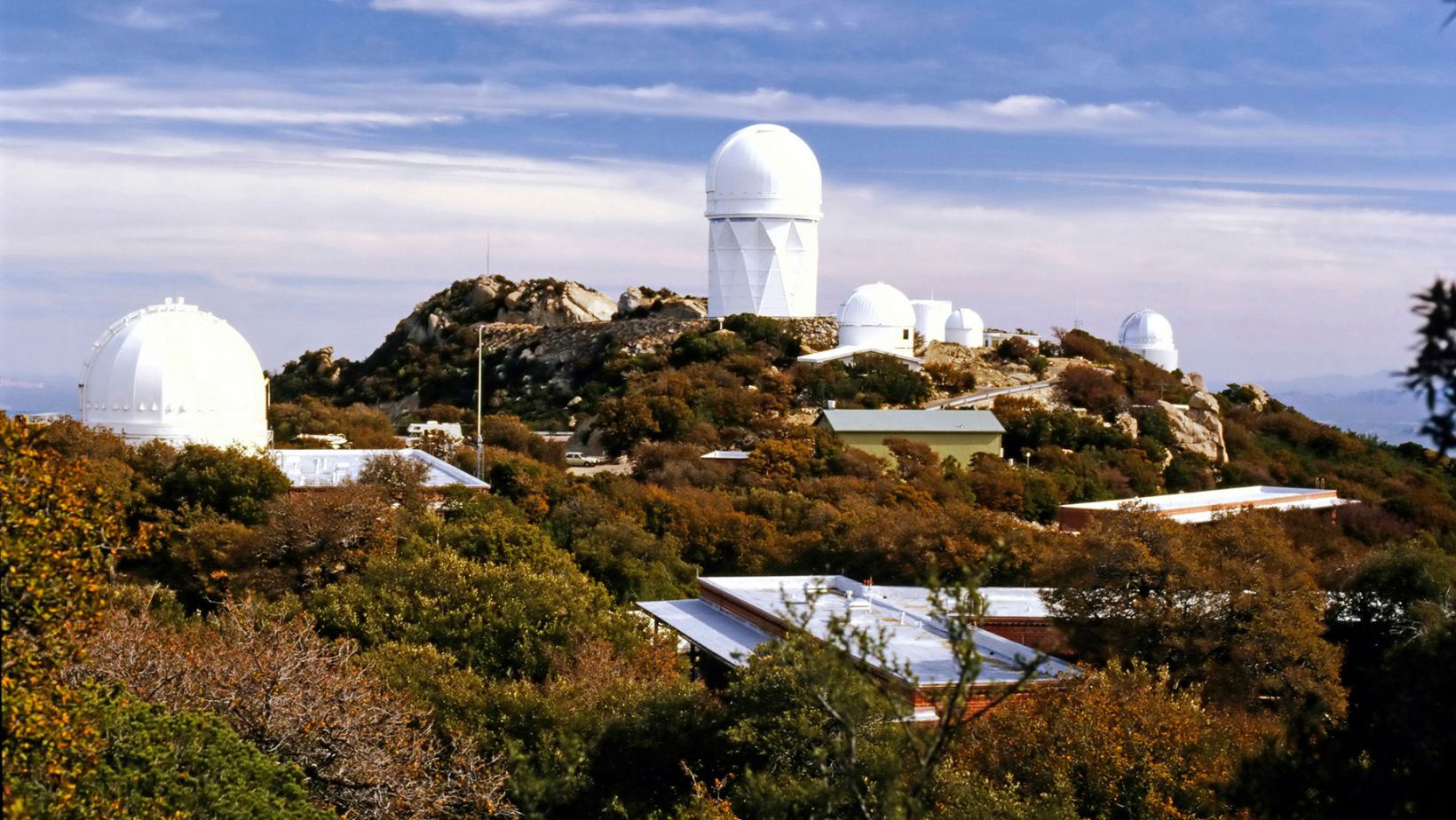
Maunakea Observatories, Hawaii
If you want to stargaze from nearly 14,000 feet above sea level, consider visiting the Maunakea Observatories in Hawaii. This wheelchair-accessible observatory is home to some of the world’s most powerful telescopes, which are run by astronomers from around the globe.
While the summit is reserved for scientific research and not open for public tours these days, the Maunakea Visitor Information Station (VIS) hosts nighttime stargazing programs to check out luminous stars, constellations, satellites, and more. Due to its high-altitude location, it’s recommended to consult your physician before planning your spring stargazing tour.
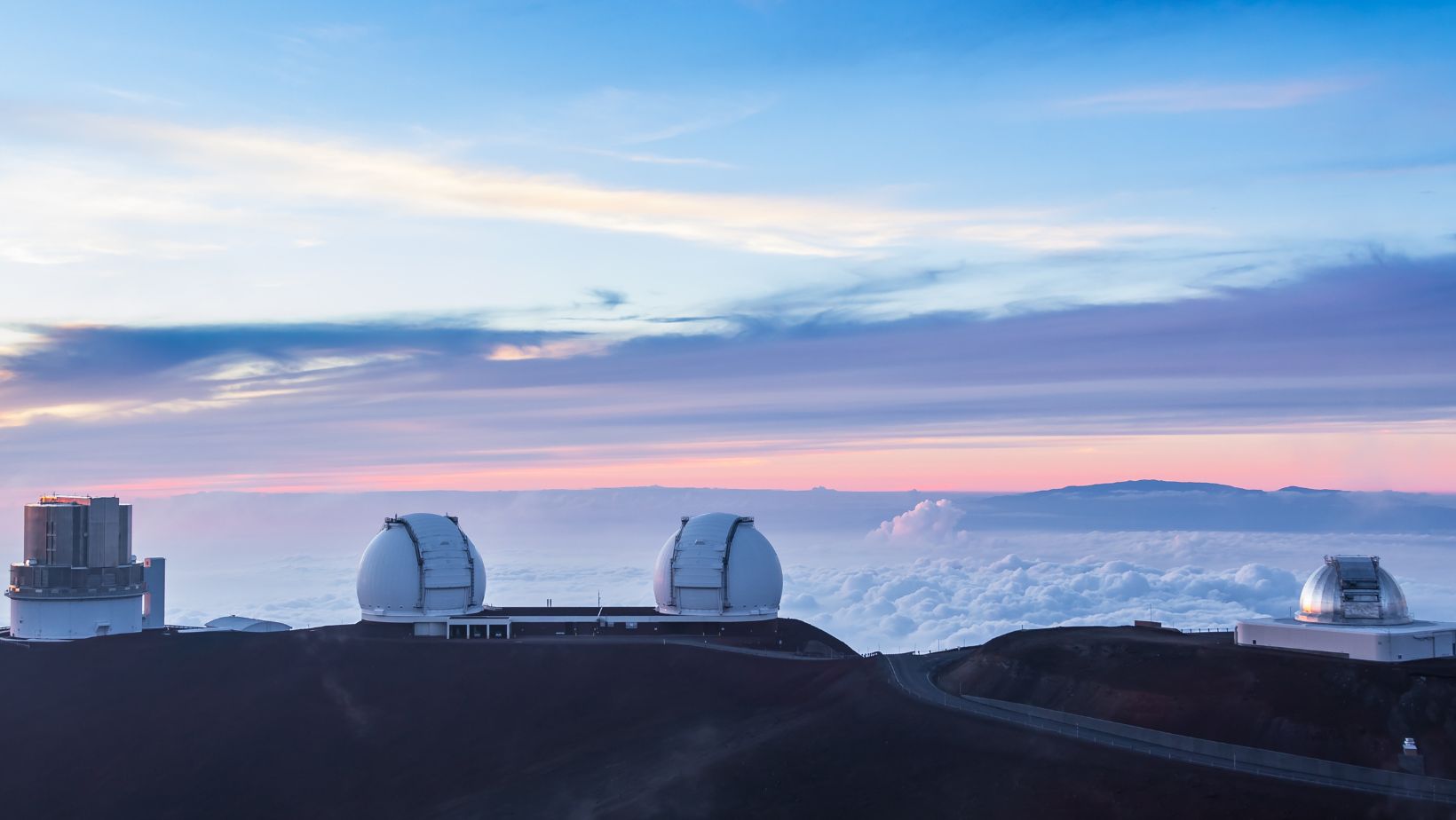
Embrace the Darkness: Accessible Dark Sky Parks for Unforgettable Spring Stargazing
Between city smog, bright billboards, and porch lights that basically rival car headlights, stargazing can be quite difficult.
To counter that, the International Dark-Sky Association has designated special parks where artificial light is kept to a minimum. The following are some of the most wheelchair-friendly dark sky parks in the US:
Cherry Springs State Park, Pennsylvania
Famous for its black cherry trees, Cherry Springs State Park has three designated areas, including Night Sky Public Viewing Area, Rustic Campground, and Overnight Astronomy Observation Field, which are so dark that you can actually see the Milky Way cast a shadow.
The park also hosts an annual Black Forest Star Party, where amateur and professional astronomers gather to observe celestial phenomena, share knowledge, and use high-powered telescopes to explore the depths of space.
When visiting, bring snacks, a thermos, lawn chairs, and a blanket. It’s important to note that some paths might be gravel, but a paved path leads up to the viewing platform for quick navigation.
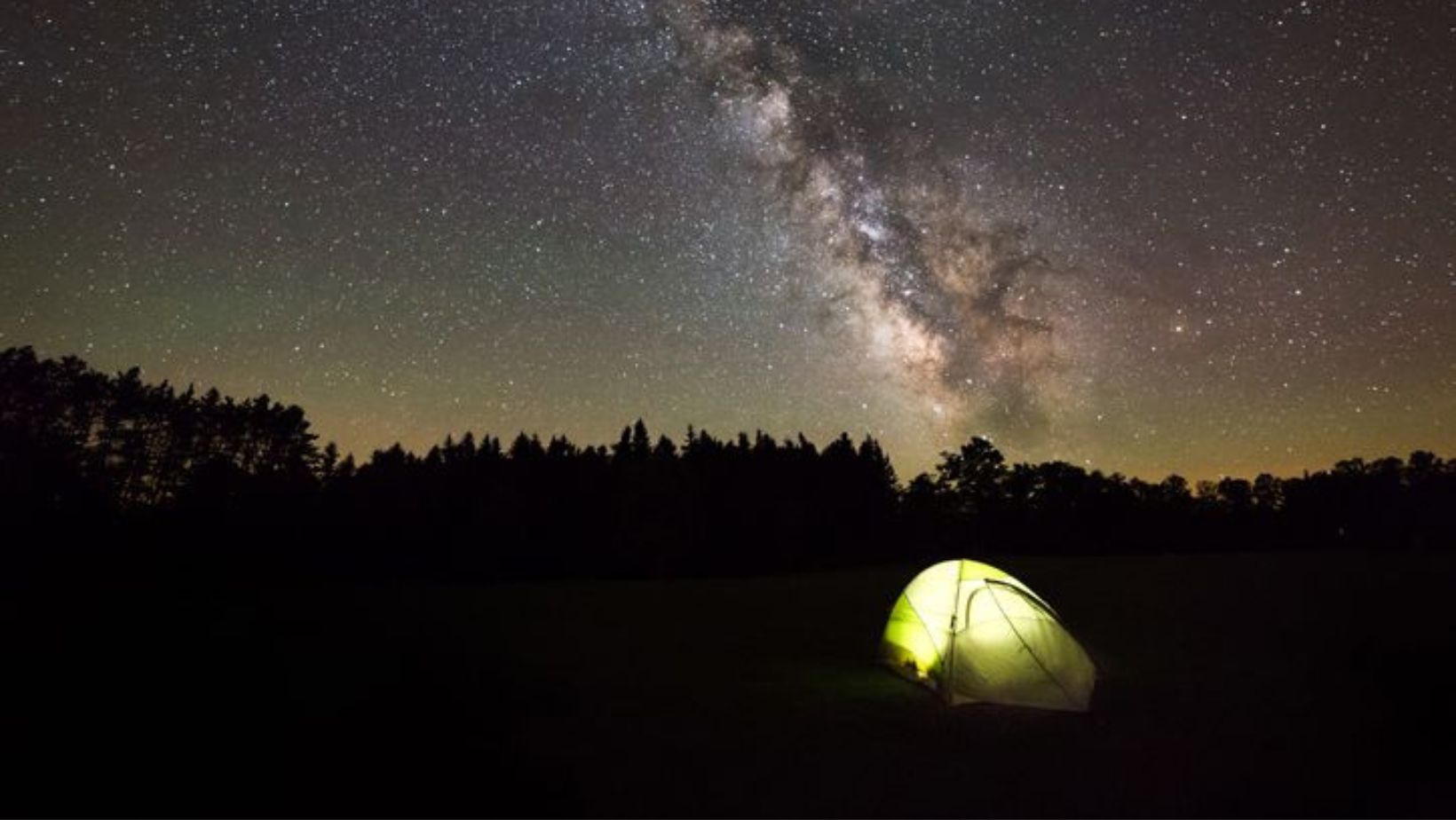
Big Bend National Park, Texas
Located in the remote Chihuahuan Desert, Big Bend National Park has zero light pollution, endless desert views, and a dazzling night sky. You can catch meteor showers, planet alignments, and enough celestial magic to keep your phone’s night mode working overtime. Beyond that, there are multiple pull-off areas perfect for viewing and moonlit walks, especially around the Chisos Basin and Panther Junction.
Regarding accessibility, several scenic overlooks and visitor centers are wheelchair-friendly. Accessible campsites and restrooms are available across the park. Just be aware that this is a remote country, so you must bring plenty of snacks and water.
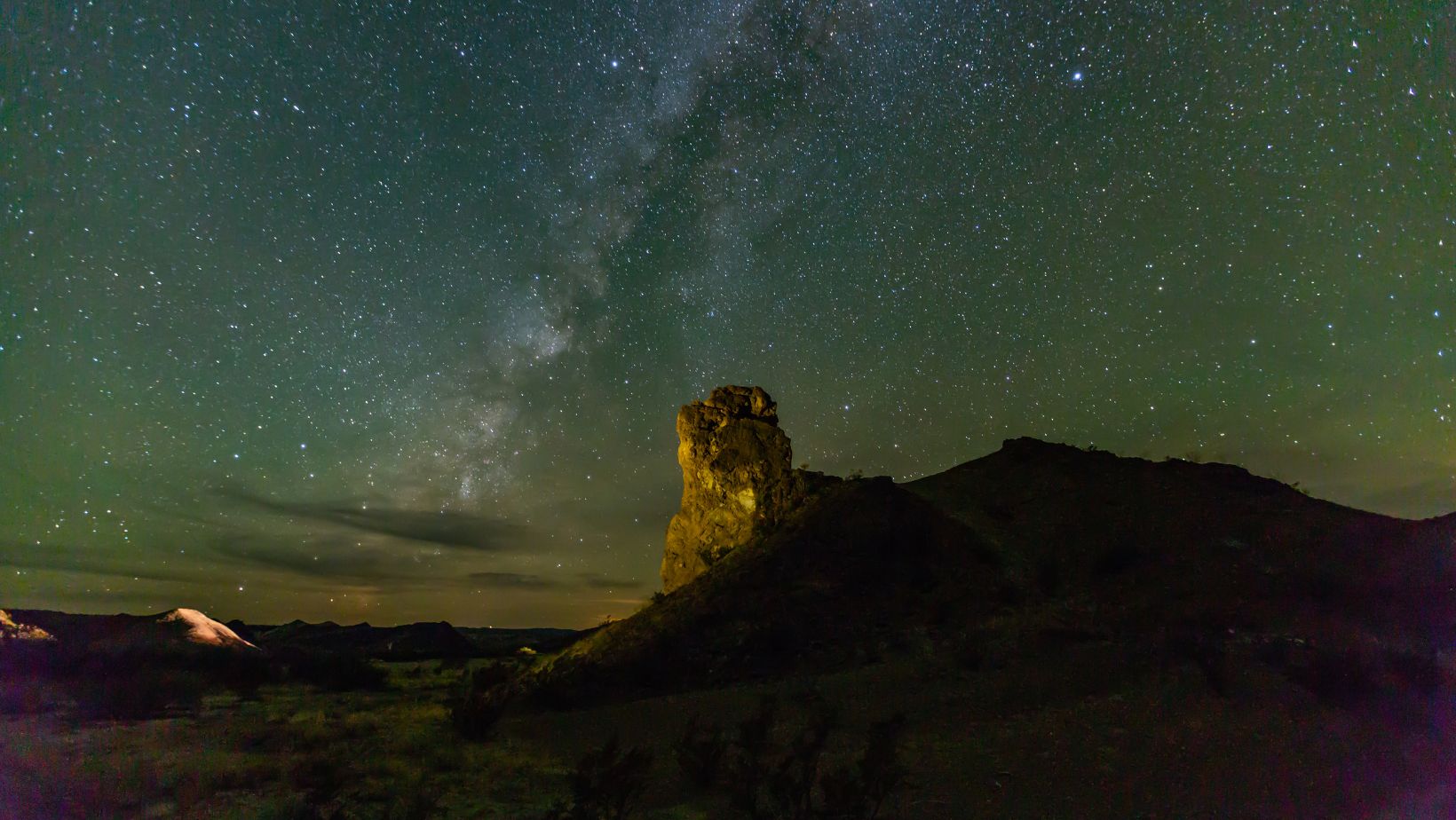
Bryce Canyon National Park, Utah
While Bryce Canyon National Park is known for its towering rock formations called hoodoos, it has an equally awe-inspiring night sky, turning it into an interstellar theater after sunset. Over here, the air’s dry, the elevation’s high, and the stars? Let’s just say they look like diamonds.
Every year, this dark sky park hosts the Bryce Canyon Astronomy Festival, which pulls in sky lovers from all over. Expect solar telescope viewings, family-friendly science talks, workshops with real astronomers, and nighttime constellation tours where you’ll see Jupiter’s stripes and Saturn’s rings.
This dark sky park features paved, accessible trails, ADA parking, and accessible restrooms nearby. The visitor center is accessible, and there are adapted campsites if you plan to stick around.
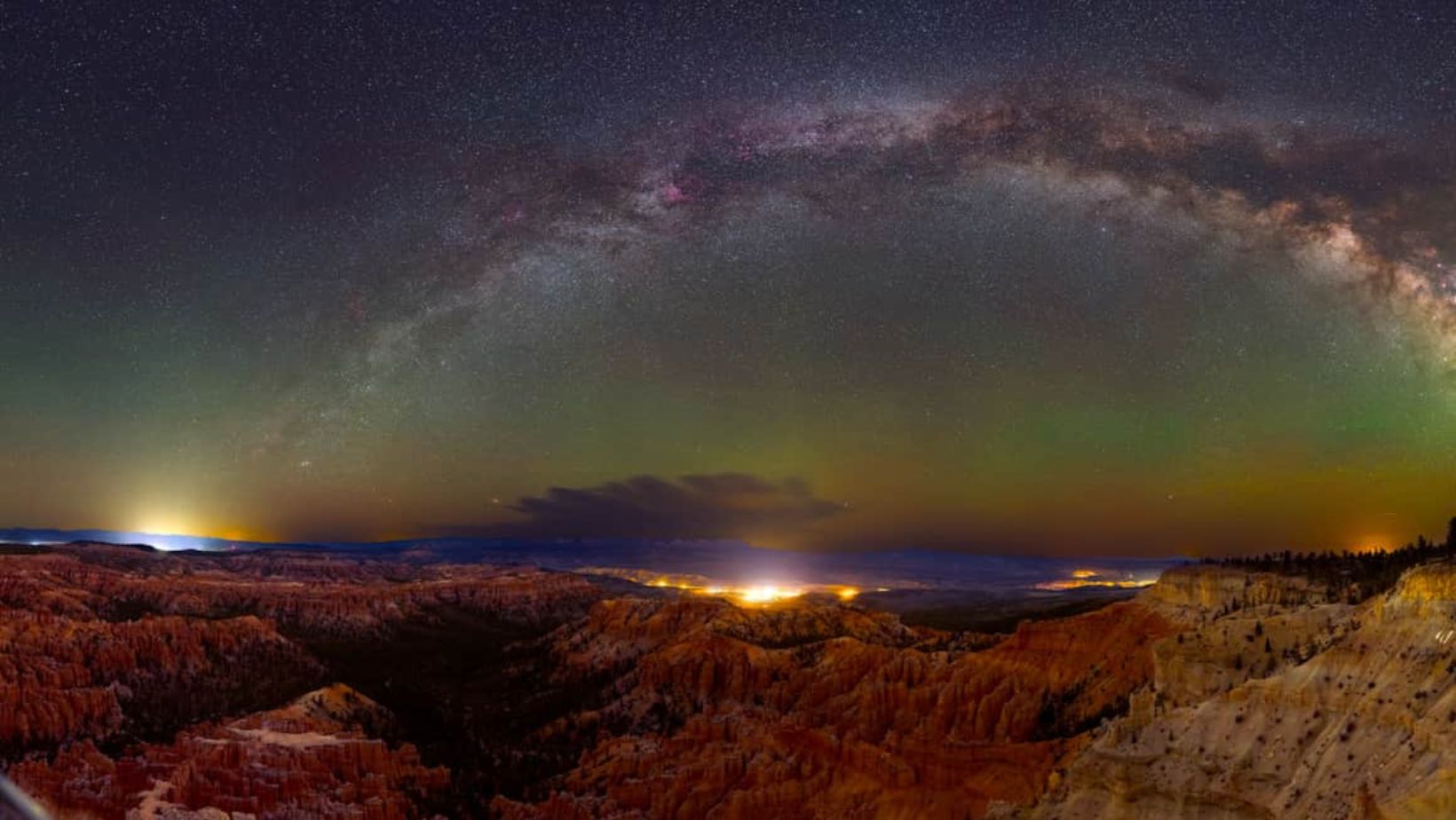
Like what you’re reading? Subscribe to our newsletter and get new updates directly to your inbox.
Must-See Accessible Scenic Stargazing Spots for Spring
If you don’t want to travel to a far-off location or wait in line at high-tech observatories, there are plenty of stargazing spots where you can just roll up, kick back, and stare into the abyss in peace. These places combine jaw-dropping natural scenery with thoughtful accessibility features, making them perfect for a last-minute star date.
Joshua Tree National Park, California
Featuring expansive desert landscape and minimal light pollution, Joshua Tree National Park is an ideal location for stargazing enthusiasts. While there, you can visit Hidden Valley, Jumbo Rocks, and Key Views to watch galaxies, shooting stars, and distant planets. The park also features nine campgrounds where you can spend the night. Regarding accessibility, there are flat, paved pullouts with stunning sky views, accessible restrooms, picnic areas, and boardwalk-style paths that are wheelchair accessible.
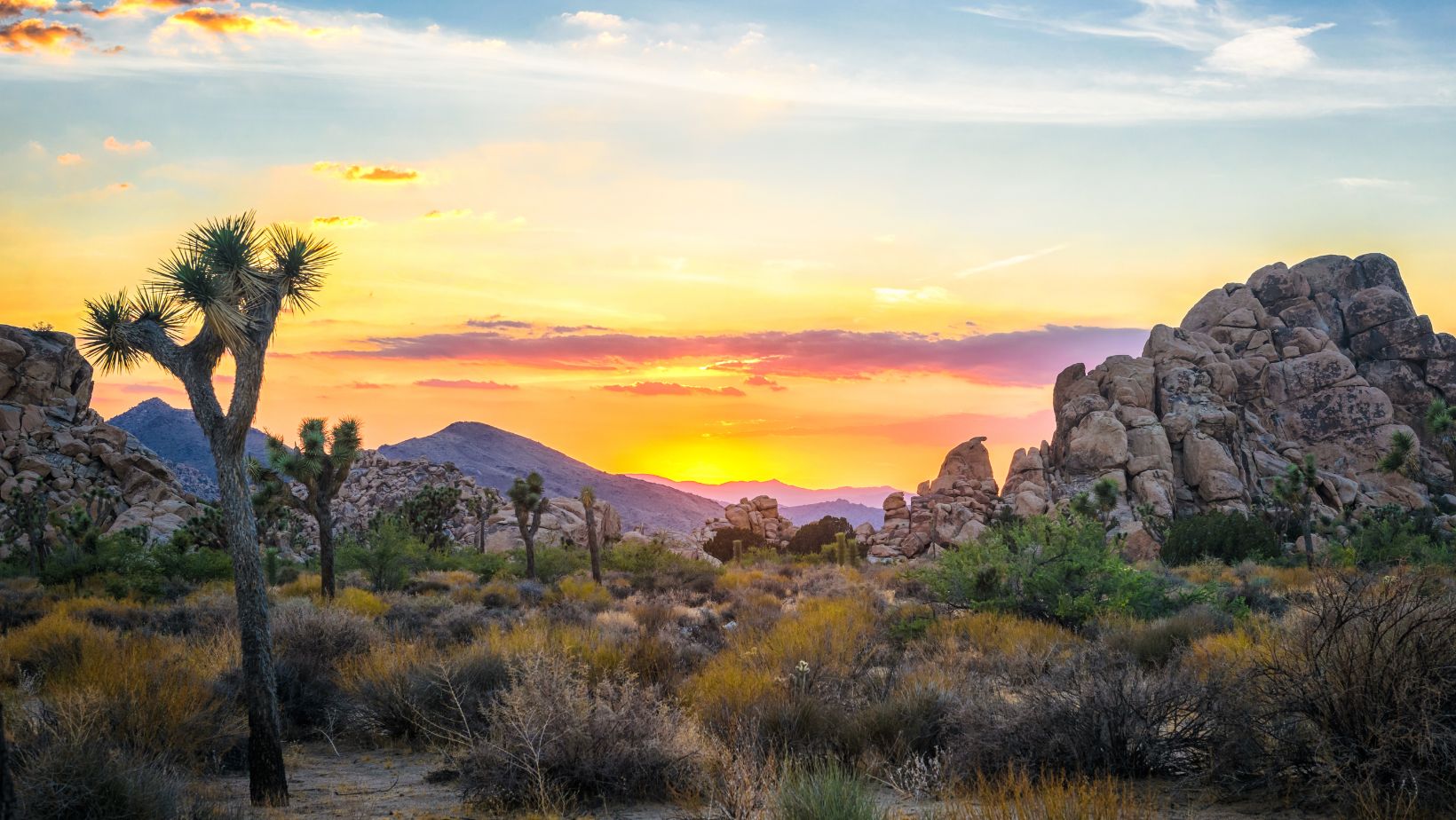
Sedona, Arizona
Sedona’s known for its vortexes and crystal shops, but the real magic happens when the stars come out. Surrounded by those glowing red rock formations, the sky here turns into this crazy contrast of earthy and ethereal.
For accessible viewing, head to Sedona Airport Scenic Lookout. It features a paved surface, drive-up access, and a panoramic view that’ll have you gawking long after the sun’s gone down. Plus, if you’re lucky, you might overhear someone explaining Mercury in retrograde a little too seriously.
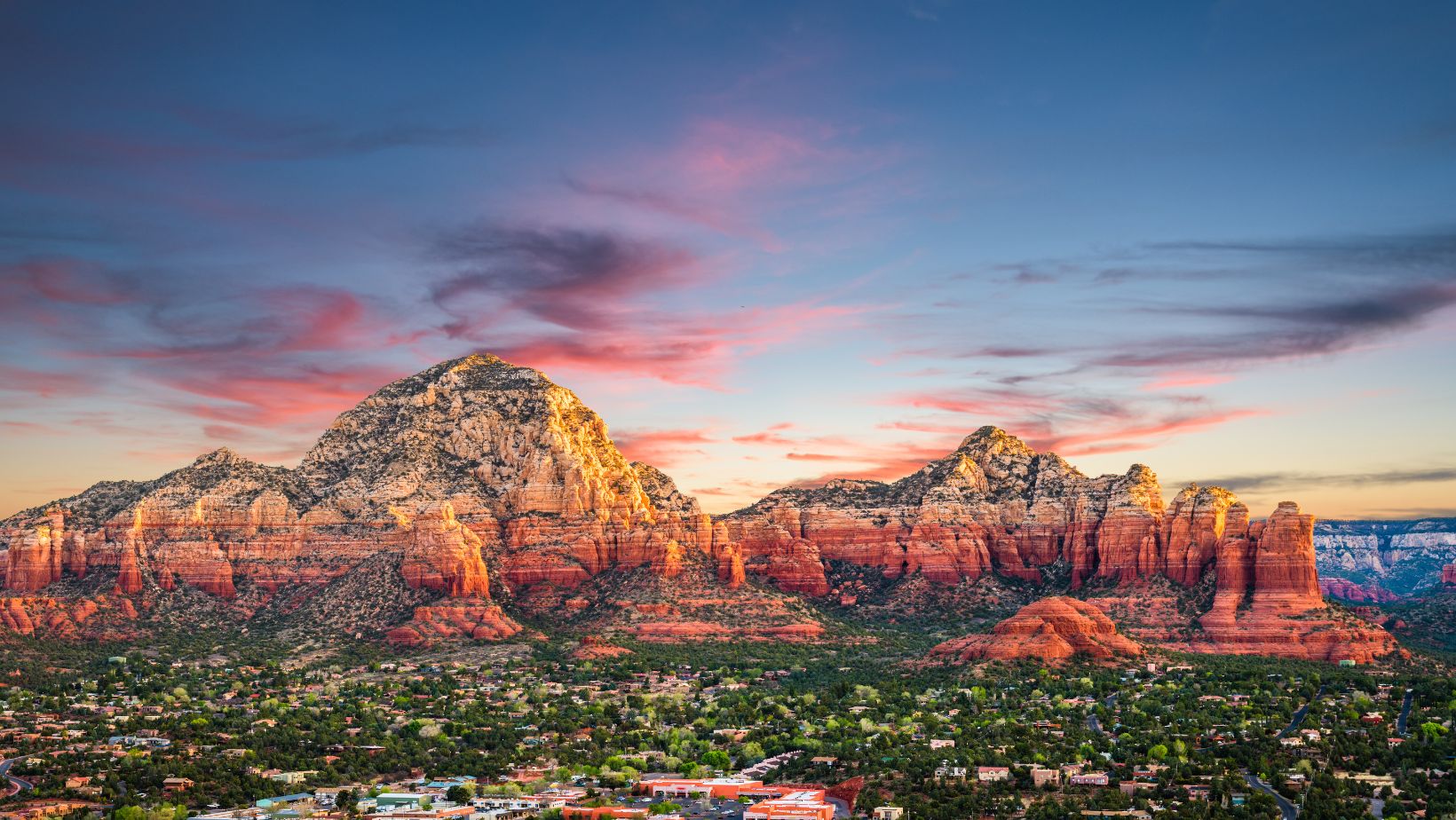
Great Smoky Mountains National Park, NC/TN
Great Smoky Mountains National Park isn’t just the most visited in the country, it’s also low-key amazing for stargazing, especially in spring when the fireflies start showing off. Formerly known as Clingmans Dome, Kuwohi is the highest point in the park and a stargazing favorite. Its observation tower is wheelchair-accessible via a paved (though steep) half-mile path. On clear nights, you can see planets, star clusters, and maybe even the hazy curve of the Milky Way.
Another viewing point is Cades Cove, where you can drive the loop, pull over, and set up wherever it’s dark and safe. Accessible restrooms and parking are scattered throughout the park, and some picnic areas are also wheelchair-friendly if you’re turning it into an all-night hangout.
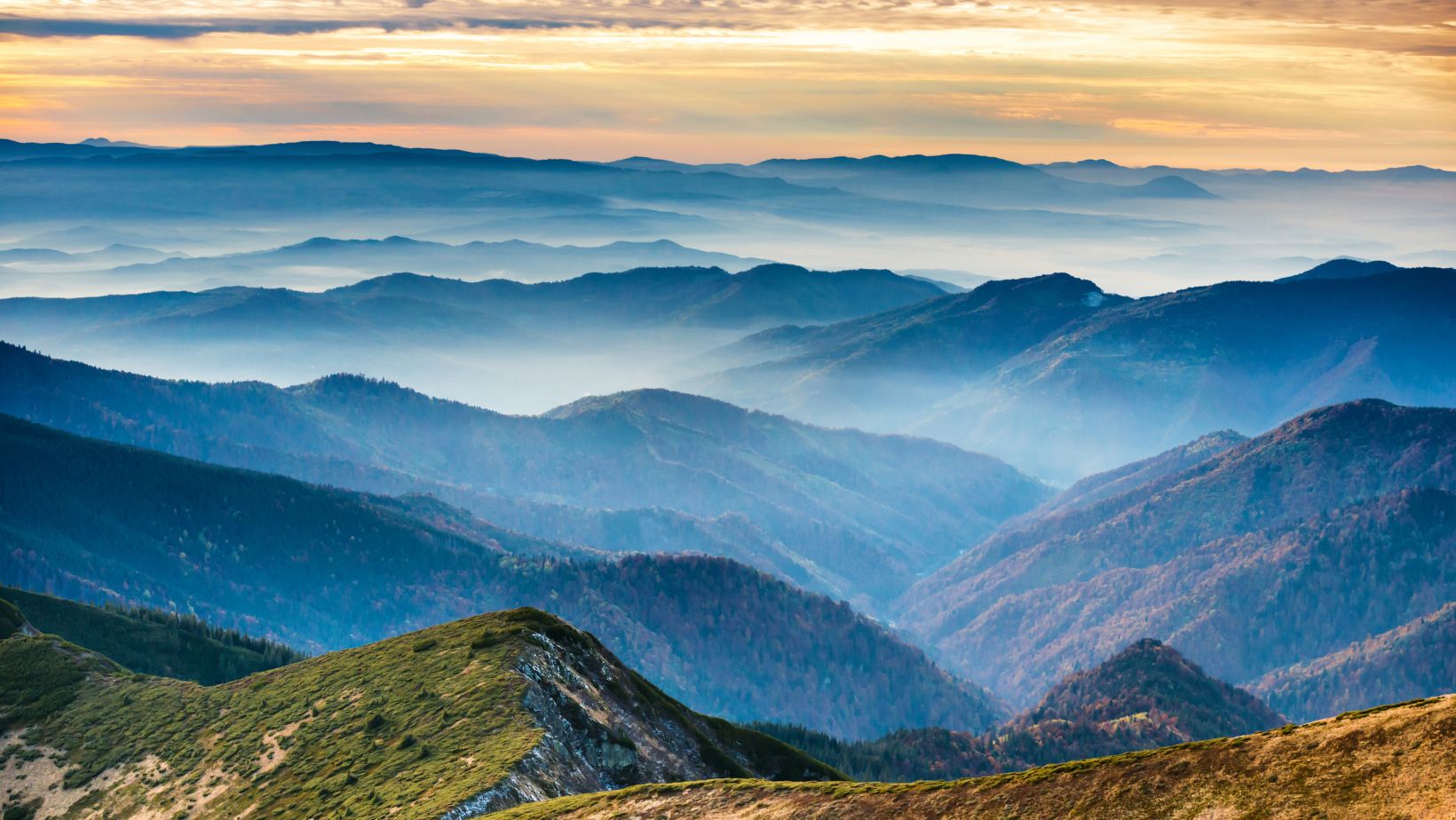
Top Accessible Planetariums for Indoor Stargazing
Outdoor stargazing is magical until the wind flips your snack plate, mosquitoes buzz in your ear, or clouds take over the sky just when you’re about to make a wish on a shooting star. If you’d rather enjoy a cosmic experience without weather issues or bug spray, planetariums might be a better choice that boast reclining seats, surround-sound storytelling, mind-blowing visuals, and consistent climate control.
The following are some of the most accessible planetariums that are great for birthday parties, school trips, or awkward first dates that turn magical under fake galaxies:
Adler Planetarium, Chicago, IL
Founded in 1930, Alder Planetarium is one of the oldest planetariums in the U.S., featuring different exhibits like Other Worlds, Mission Moon, and the Clark Family Welcome Gallery, where you can learn about giant gases, explore super mini-Neptunes across the galaxy, try space suits, and see what your weight would be on Jupiter.
The planetarium also arranges different sky shows, such as Destination Solar System, Imagine the Moon, and Planet Nine, which make you feel like you’re flying through galaxies with surround sound.
This indoor planetarium has an ADA-compliant layout, featuring automatic doors, elevators to all floors, assistive listening devices, captions, wheelchair seating, and companion seats in every theater.
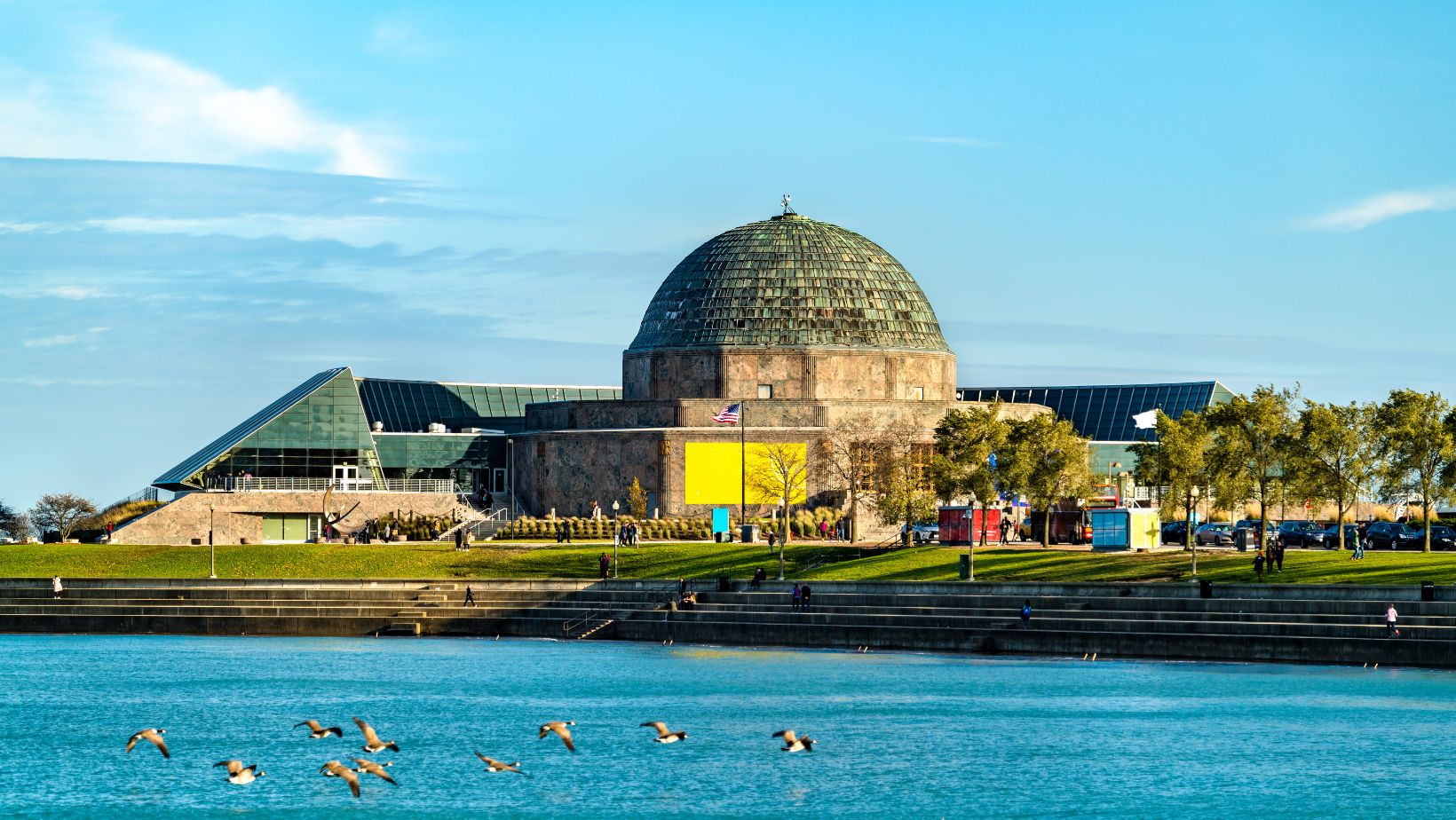
Chabot Space & Science Center, Oakland, CA
Tucked into the redwoods of the Oakland Hills, Chabot Space & Science Center is the best place to learn all about space. When visiting, you can explore hands-on exhibits, pretend you’re on Mars in a simulated space mission, or lose track of time in the massive planetarium. They offer rotating shows like “Phantom of the Universe” and “C360: The Home Galaxy,” and if the weather’s right, you can check out the night sky through their historic telescopes, named Leah, Rachel, and Nellie.
This planetarium features accessible parking near the main entrance. Wheelchairs are available on a first-come, first-served basis, and Nellie telescope sports a rotating eyepiece for easy access.
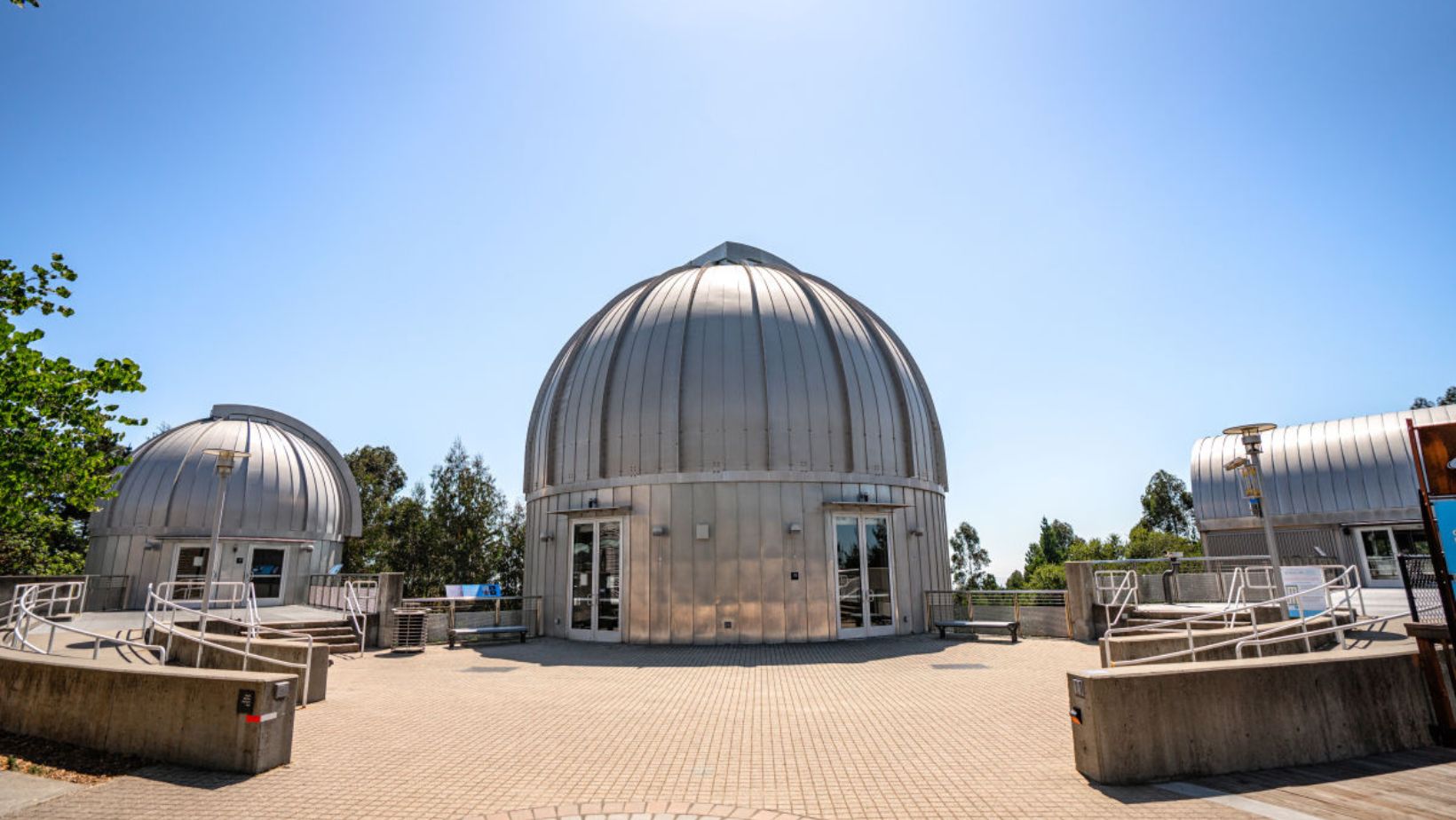
Morrison Planetarium at the California Academy of Sciences, San Francisco, CA
Located inside the California Academy of Sciences, Morrison Planetarium is housed in a building that also features an aquarium, a history museum, and a rainforest dome. Inside this planetarium, you can watch short films about planets colliding, galaxies forming, and spacecraft drifting through the void, or simply swoon over a 3.7-billion-year-old meteorite.
This planetarium is fully wheelchair-accessible, featuring an elevator that goes from the underground parking lot to the entrance, wide ramps, alternate accessible routes for exhibits, and accessible restrooms on all floors.
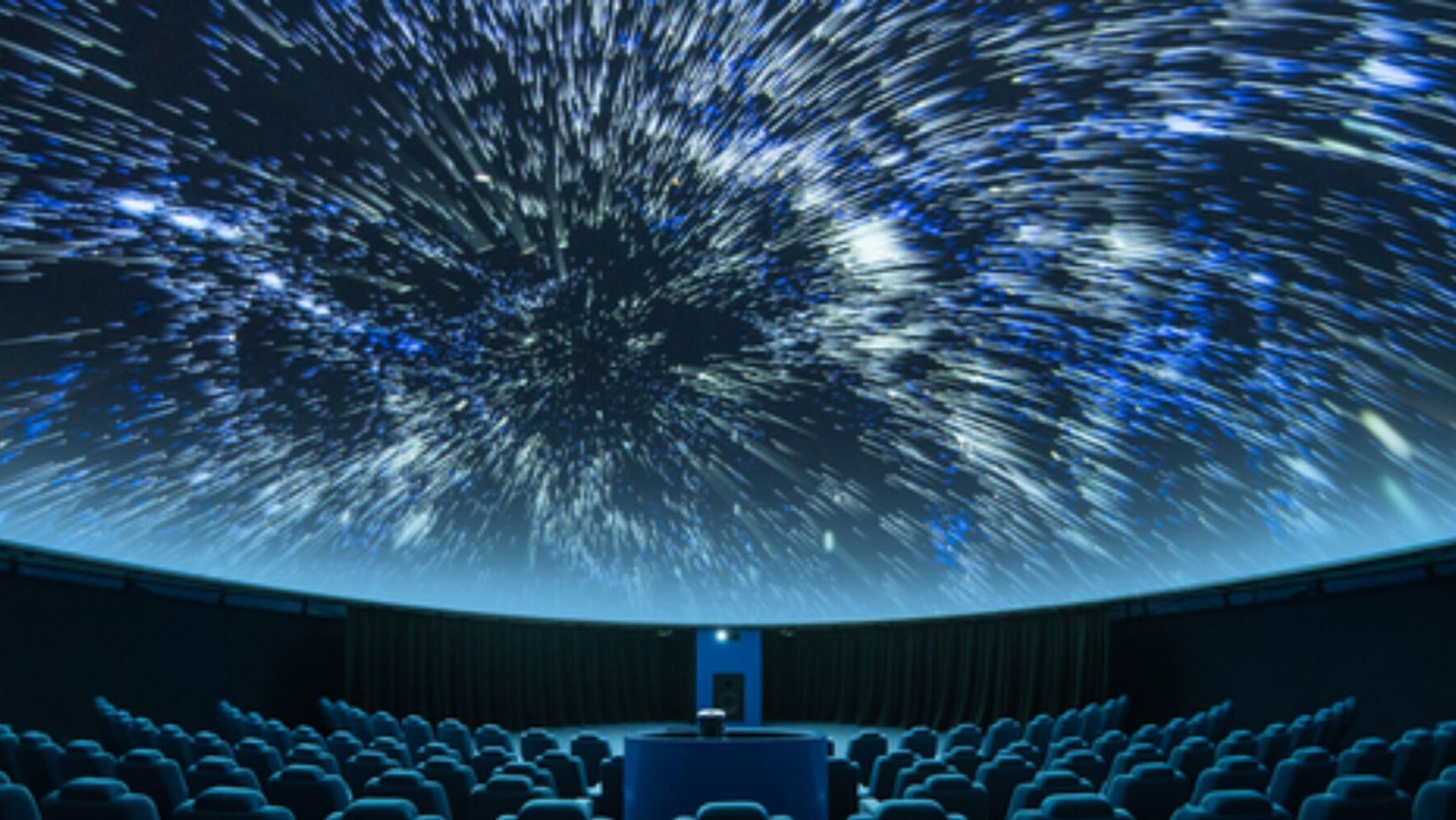
Visit Accessible Spring Stargazing Spots with Wheelchair Getaways
Whether you want to see the Northern Lights or trace constellations, these accessible observatories, dark sky parks, and planetariums will make that happen.
If you need an accessible ride to get there, Wheelchair Getaways has you covered. Our wheelchair accessible vehicles come equipped with automatic ramps, secure tie-down systems, spacious interiors, and hand controls (upon request/if available) to make your cosmic adventure comfortable and stress-free. We also offer flexible rental options, so you can book a car for a weekend of stargazing or doing a full cross-country astro-tour.
When booking, don’t forget to ask about seasonal deals and discounts. Call us at (866) 224-1750 or fill out our quick online form to get a personalized rental quote based on your destination.
